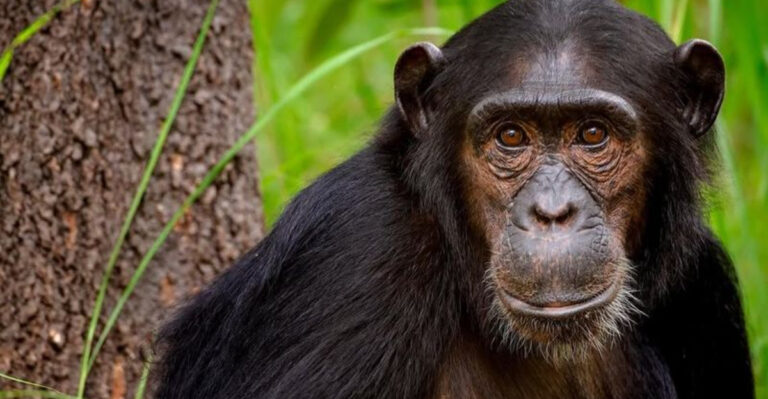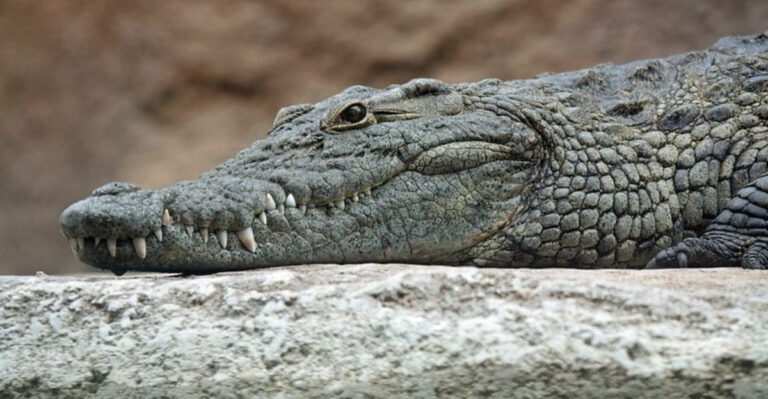15 Reasons Why Sloths Are Surprisingly Amazing Survivalists
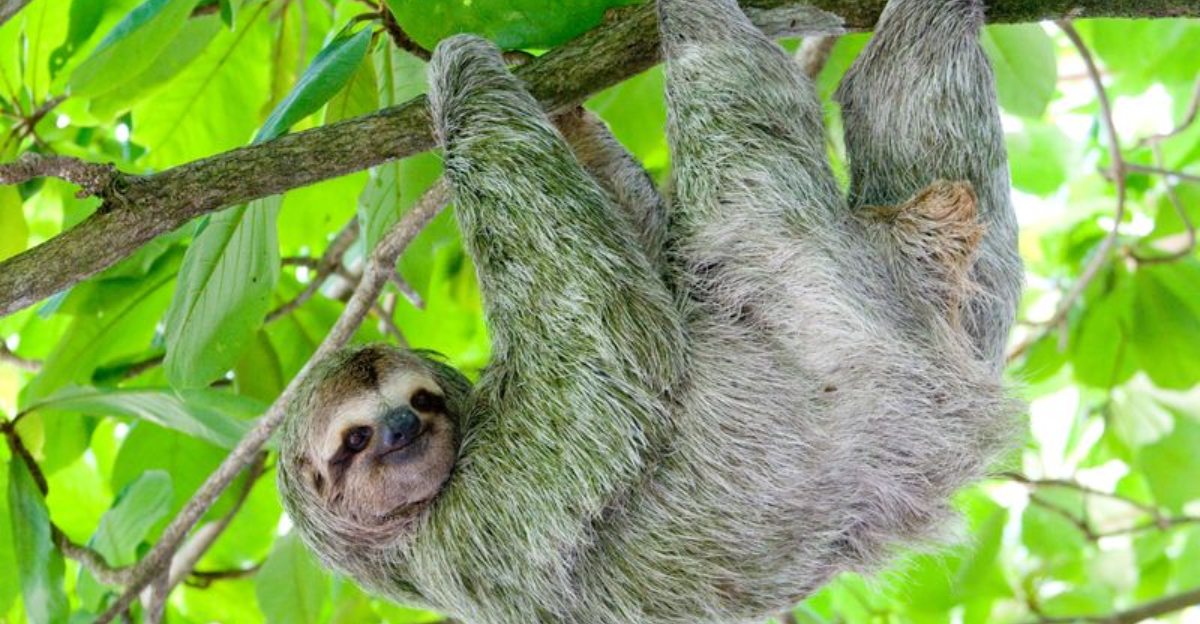
Ever heard of an animal that turns laziness into an art form? Meet the sloth, a creature that demonstrates that slow and steady truly wins the race.
Contrary to popular belief, these laid-back mammals are masters of survival, using their unique traits to thrive in the wild.
1. Masterful Camouflage
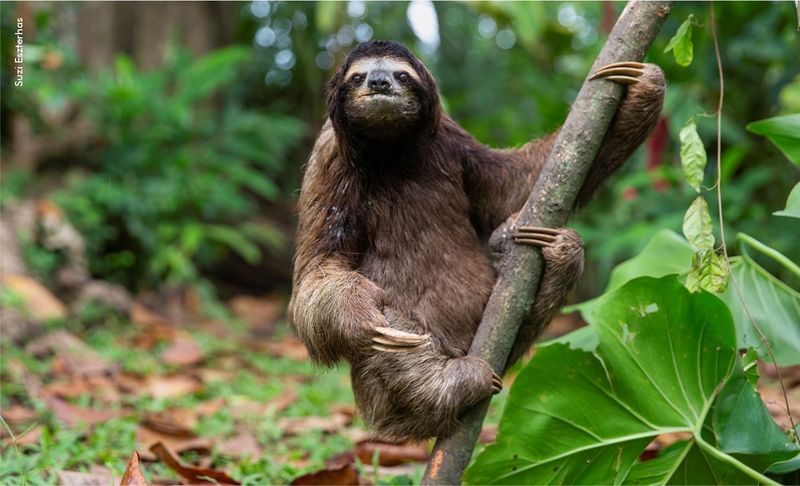
Imagine a game of hide-and-seek where the seeker never even knows there’s a game afoot. Sloths have perfected the art of disguise.
Their fur hosts algae, giving them a greenish tint that makes them nearly invisible amid the treetops. This natural camouflage is their best line of defense against predators like eagles and jaguars.
When you’re as slow as a sloth, blending in is crucial. The algae not only helps them hide but also gives back nutrients – it’s a symbiotic relationship that boosts their survival.
2. Energy Conservation Experts

Ever wondered why sloths are always hanging around? It’s all about energy efficiency.
These mammals have an ultra-slow metabolism, allowing them to survive on a meager diet of leaves. They move slowly to conserve energy, only climbing down once a week to do their business.
Their slothful lifestyle is a clever strategy to avoid burning calories in a nutrient-poor environment. They embody the notion that sometimes less is more when it comes to survival.
3. Slow Metabolism Marvels

In a world that never stops, sloths embrace the slow lane. Their sluggish metabolism is a marvel, allowing them to digest tough leaves over several days.
This slow process might seem like a disadvantage, but it ensures they extract every bit of nutrition possible.
By taking it slow, they avoid the need for frequent feeding, which keeps them safe from predators. It’s a brilliant evolutionary tactic that has allowed sloths to thrive for millions of years.
4. Expert Swimmers
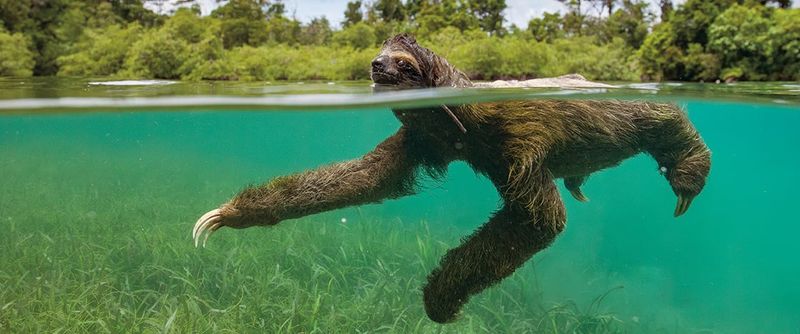
Sloths might be slow on land, but they transform into graceful swimmers in water. Their long arms and buoyant bodies make them surprisingly adept at navigating rivers.
Swimming serves as a quick escape route from threats and a means to reach food.
While they won’t be winning any races, this aquatic ability adds a whole new dimension to their survival toolkit. It’s an unexpected skill that shows sloths are more versatile than they seem.
5. Lethargic Lifestyle
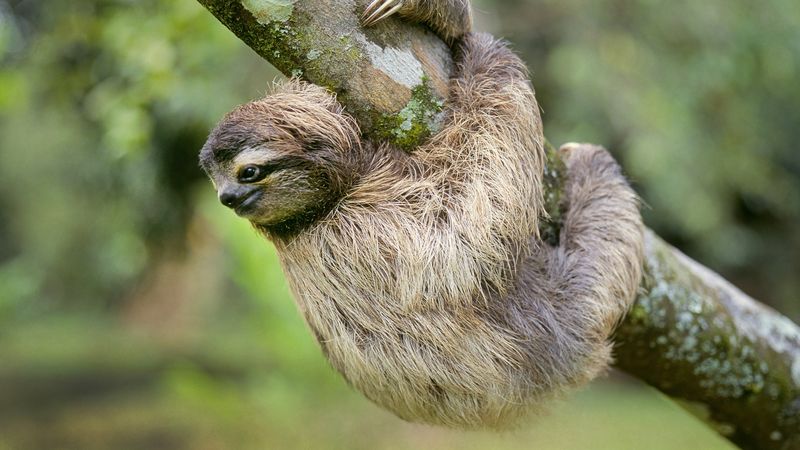
Ever felt like taking a day off? Sloths do just that, every day. Their sluggish behavior is actually a well-adapted survival mechanism.
By conserving energy, they minimize the need to forage and thus reduce the risk of being spotted by predators.
This laid-back lifestyle is a testament to their unique way of surviving. In a world where speed is often synonymous with success, sloths make a compelling case for taking it easy.
6. Unique Climbing Technique
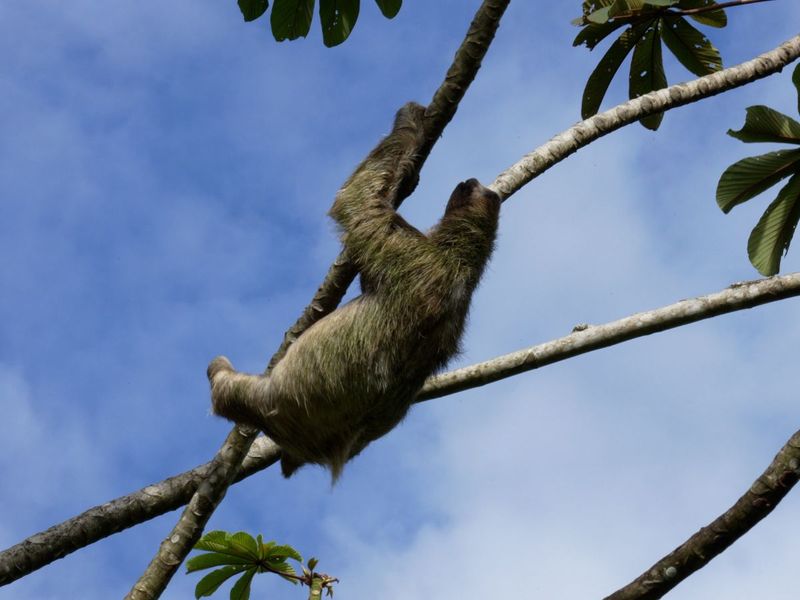
Forget about sprinting; sloths have a unique climbing style all their own. They use their long, curved claws to hang upside down, moving slowly and deliberately.
This method is energy-efficient, allowing them to traverse the treetops without expending much effort.
Their strength lies in their grip, which enables them to stay aloft even when asleep. It’s a peculiar but effective way to live life on the edge, or rather, the branches.
7. Symbiotic Relationship With Algae
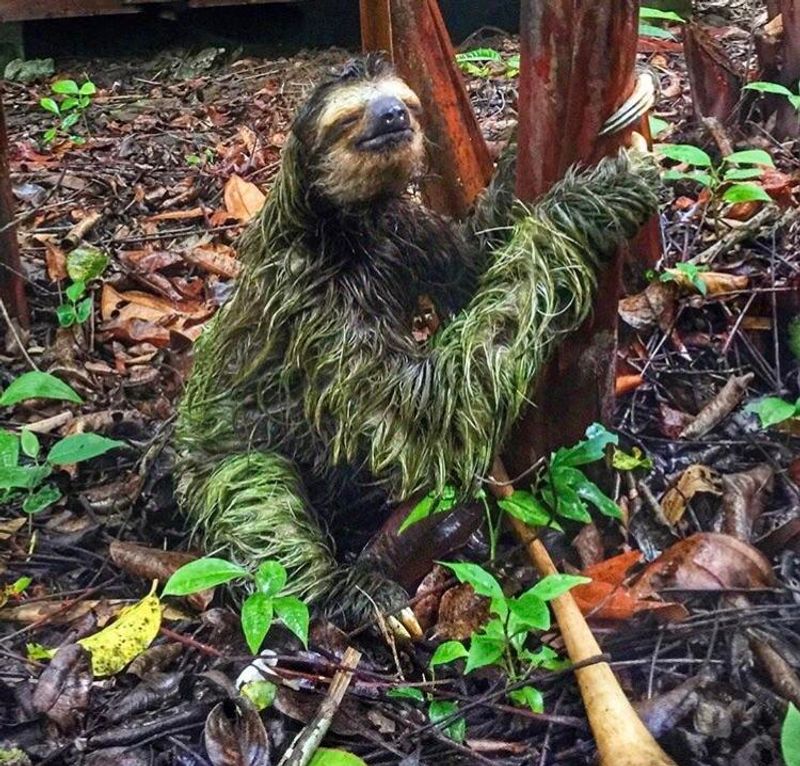
Who needs a spa day when you have algae for a friend? Sloths have a symbiotic relationship with algae that grow on their fur. This algae not only provides camouflage but also supplies nutrients.
It’s a win-win situation: sloths get extra nutrition and protection, while algae get a cozy home. This relationship showcases nature’s creativity in ensuring survival in the wild.
8. Survival Through Stillness
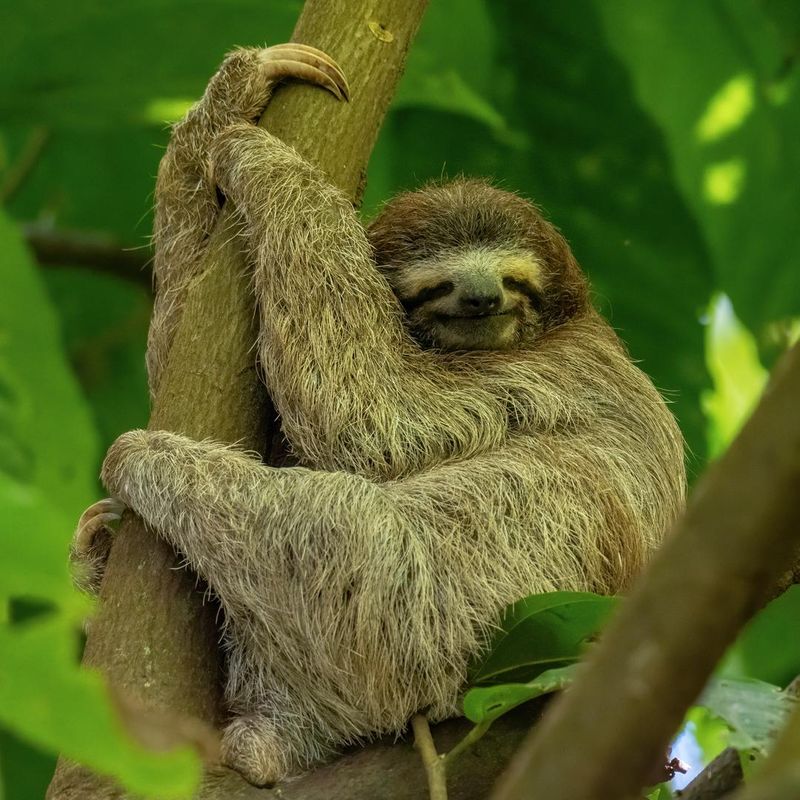
Imagine outsmarting predators by doing absolutely nothing. Sloths excel at this by staying remarkably still. This lack of movement helps them avoid detection by predators that rely on sight.
Their patience and stillness are lethal to predators, who often overlook them entirely. It’s a simple yet effective survival tactic that proves sometimes doing nothing is the best strategy.
9. Low-Calorie Lifestyle
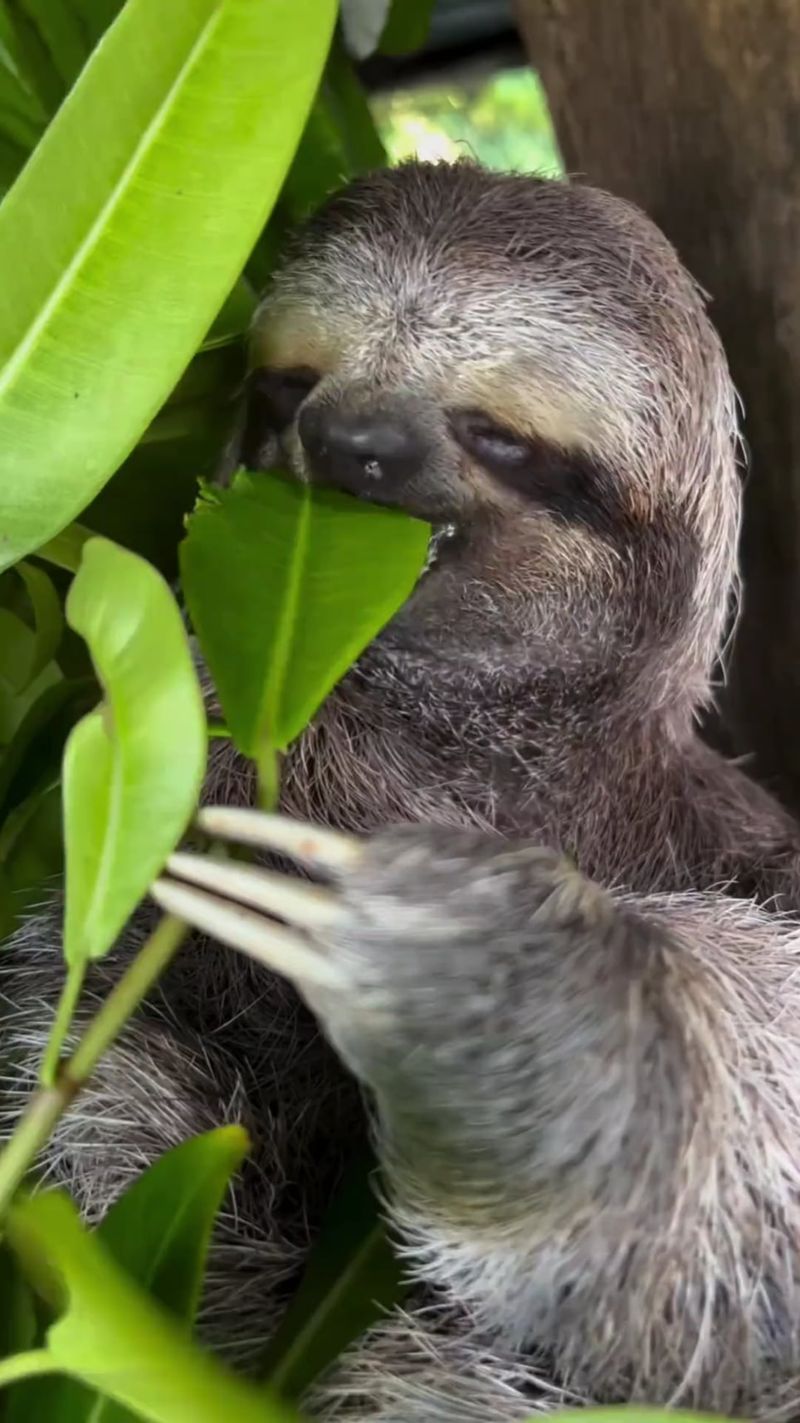
Think you can’t survive on salad alone? Sloths prove otherwise. Their diet mainly consists of leaves, which are low in calories. Yet, they’ve adapted to make the most of it.
Their slow metabolism aids in extracting every ounce of energy from their leafy meals. It’s an impressive adaptation that challenges the notion that you need a lot to thrive.
10. Claw Grip Strength

Ever tried dangling from a tree all day? Sloths do it with ease, thanks to their powerful claws. These claws are perfectly designed for gripping branches, allowing them to hang effortlessly.
Their grip is so strong that they can even stay attached after death. This might sound morbid, but it’s a testament to their incredible adaptation for life among the trees.
11. Ecosystem Engineers
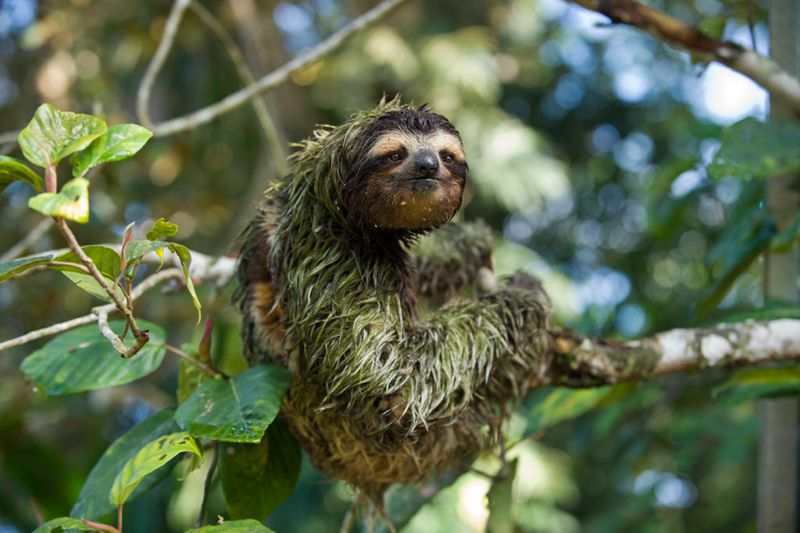
Sloths might not look like it, but they’re important players in their ecosystem. Their fur is home to a variety of insects, creating a mini-biodiversity hotspot in the treetops.
By simply existing, they support a range of other organisms, proving that even the slowest creatures can play a vital role in their environment. It’s an unexpected contribution that adds to their survival repertoire.
12. Adapted For Tree Life
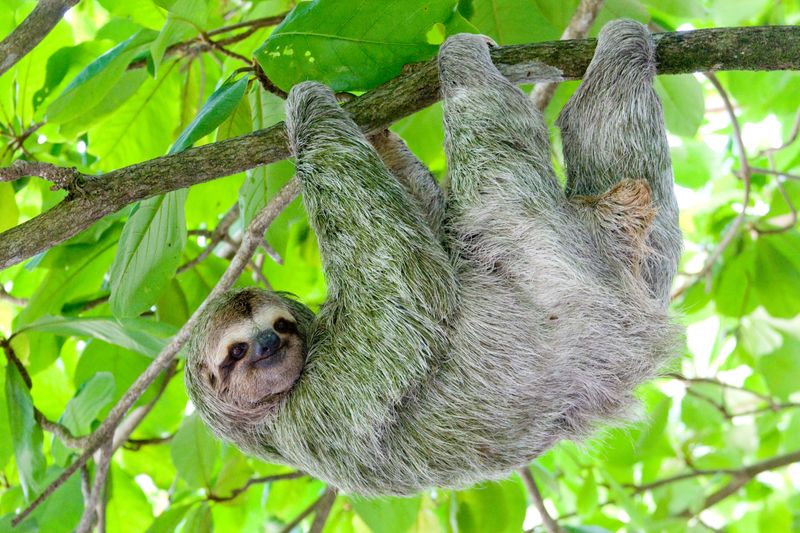
If there were a contest for the ultimate tree-dweller, sloths would be strong contenders. Their limbs are adapted for an arboreal lifestyle, allowing them to move effortlessly among the branches.
This specialization keeps them safe from ground predators and ensures access to food. It’s a niche adaptation that highlights how sloths have perfected their tree-top existence.
13. Quirky Toilet Habits
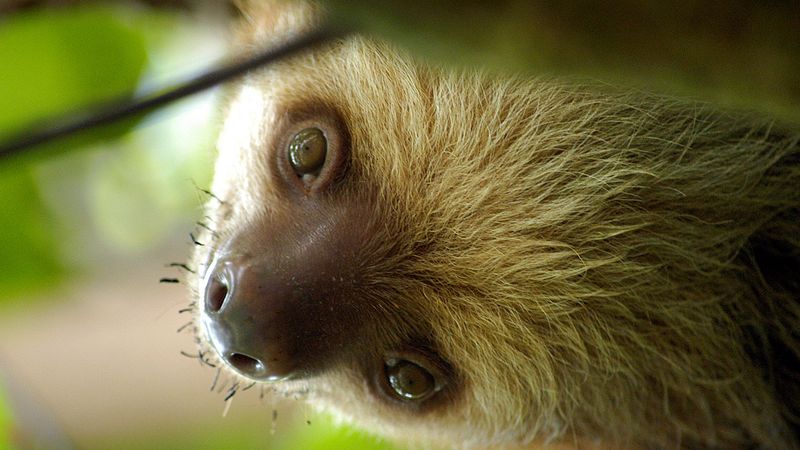
Talk about setting a schedule! Sloths have a unique bathroom habit, only descending from the trees once a week to do their business.
This routine minimizes their time on the ground, where they’re vulnerable to predators.
While it might seem odd, this quirky habit is part of their survival strategy, keeping them safe while maintaining the cleanliness of their arboreal homes.
14. Efficient Movement
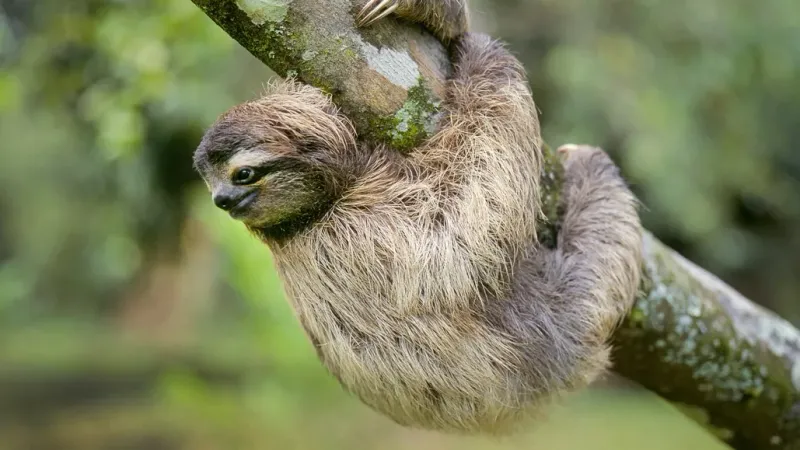
Who needs speed when you have efficiency? Sloths exhibit movement that’s deliberate and calculated. Their slow pace is energy-efficient, aligning perfectly with their low-calorie diet.
This efficient movement style ensures they conserve energy, reducing the need for frequent feeding. It’s a well-tuned survival mechanism in action, proving that sometimes slow and steady does win the race.
15. Mysterious Nocturnal Behavior
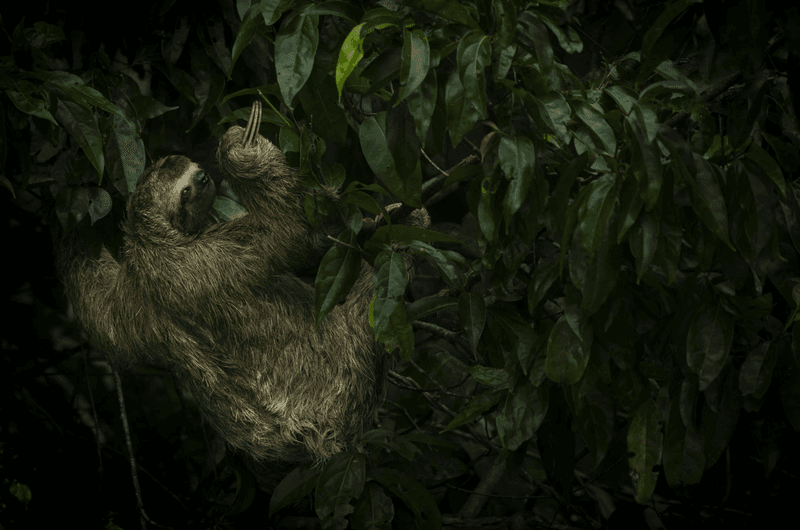
Sloths might seem like they’re always napping, but come nightfall, they reveal a different side. Some species are nocturnal, using the cover of darkness to explore and feed.
This nocturnal lifestyle helps them avoid predators and exploit food sources without competition. It’s a lesser-known facet of their behavior that adds depth to their survival narrative.


